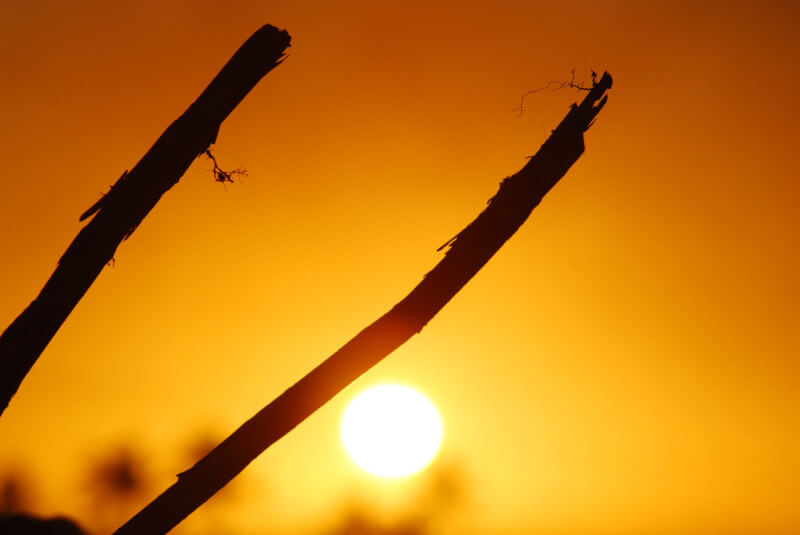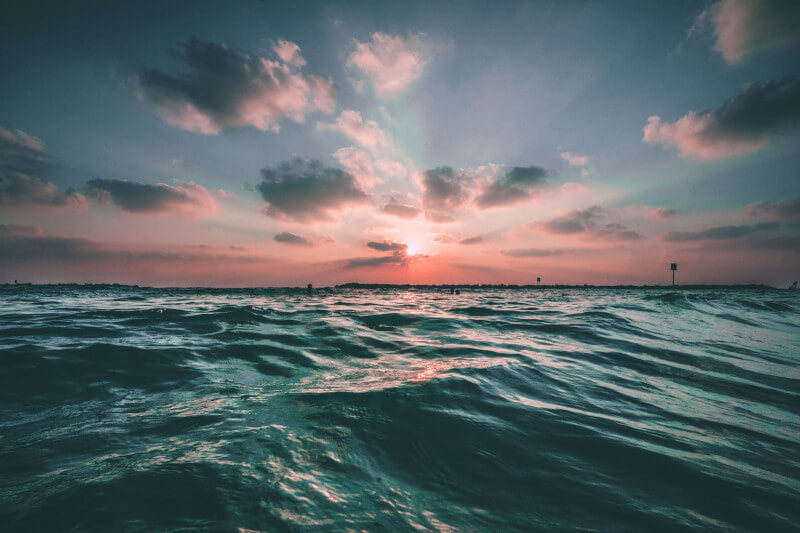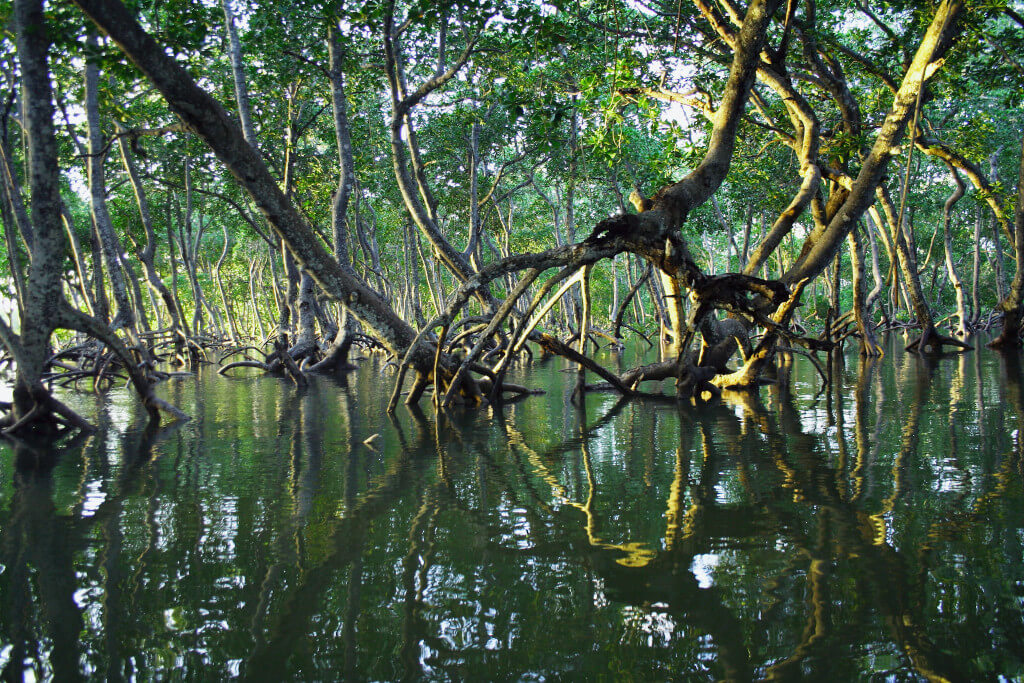The world’s tropical and subtropical regions, including parts of Australia and Brazil, as well as parts of the United States and Florida in the United States, all have their fair share of mangrove forests.In addition, you can find them on the coasts of Africa, particularly in Durban and on the coasts of the Eastern Cape.
In the environment of climate change, these coastal forests of shrubs and trees are frequently brought up as a topic of discussion. They are capable of storing more carbon than ecological systems, which is something they share with other coastal wetlands such as salt marshes and seaweeds. The organic carbon in waterlogged soils is preserved because it is protected from decomposition, and if the soils are not disturbed for thousands of years, this “blue carbon” will remain sequestered there. This indicates that they have the potential to play an important part in the carbon cycle of the oceans.
Because they are home to such a rich variety of plant and animal life, mangrove ecosystems are another important reason why mangroves are such valuable assets.
Table of Contents
Warm Temperatures Are Required for Mangrove Tree Growth

Their range is bounded in the northern hemisphere by regions that experience snowfall during the winter months. However, even though places like Brazil, Australia, and South Africa do not experience freeze events along their coastlines, mangroves still become extinct at a particular latitude in the southern hemisphere.
We were interested in finding out why this is the case as well as determining whether or not there are other locations along the coast of South Africa that have a climate that is appropriate for mangroves but do not contain any of these forests.
We also pondered the possibility that, as a result of climate change, certain regions of the world will become warmer in the years and decades to come. If this is the case, we questioned whether or not mangroves will eventually be able to thrive in areas of South Africa where they do not currently exist. In the end, one of the questions we wanted to answer was whether or not the effects of climate change will render areas in South Africa that are already home to mangroves unsuitable for the forests in the future.
The Answers Are Found in Our Most Recent Study

We found out that the high wave energy in South Africa is what prevents mangroves from expanding: their seeds are steered around the ocean without easily being able to get washed into the waterways where they may take root and grow. This was discovered through a mixture of species modeling and ocean modeling.
Alterations in precipitation patterns are forecast to occur in the region as a result of climate change, which poses a threat to the mangrove forests that already exist there. The likelihood of flooding is increased when there is an increase in rainfall. When there is less precipitation than normal, estuary mouths can dry up and become isolated from the ocean. Both changes, particularly when they are extreme or occur repeatedly, can make it challenging for mangroves to maintain their health and proliferate.
Therefore, it is necessary to preserve the mangrove forests that are already there. Different strategies will be required for preserving mangrove forests in rural and urban regions, but it is imperative that whatever actions are taken be taken as quickly as possible to protect these vital wetlands.
The Prototype

In South Africa, mangrove forests aren’t spread out over a particularly large area. Their range in the country only encompasses about 2,000 hectares, which is spread out across 32 of the country’s 214 estuaries and about 1,000 kilometers of the country’s east coast. Since mangroves are considered to be a type of indigenous forest, the country’s National Forests Act protects them as it does other indigenous forest types. This mandates the preservation of all natural forests, regardless of whether they are located on private, communal, or government land. However, the vast majority of South Africa’s mangrove forests are not located within formally protected areas.
The development of a model of the distribution of species was the initial stage of our research. We compiled all of the information that we had gathered about the locations in South Africa where mangroves are found. We ran the prototype to see if mangroves could grow in other areas of South Africa where those circumstances were met and checked to see if they did. The prototype identified areas that would make strong candidates. However, there was no evidence of mangroves in those areas. This indicated that there must be a different process that is responsible for creating this limitation.
Then, we ran the same prototype again, but this time we factored in climate change by including data about regions that are forecast to experience an increase in temperature (and so may be more hospitable for mangrove forests in the future). This also demonstrates that estuaries further south will be appropriate for mangroves, but that circumstances in some estuaries that directly support mangroves may become unfavorable, which could lead to the loss of mangroves in those estuaries.
Ocean Motion and Activity

The seeds of mangrove trees, which are known as propagules and float in the water after they fall from the trees, are responsible for the spread of the tree to new locations. Recent studies have demonstrated the significance of ocean currents in the process of transporting mangrove propagules from one region of the world to another. We were curious as to whether or not this process could be the one that prevents mangroves from growing in those other estuaries that are suitable for them.
We were able to incorporate some of this ocean modeling into our research as a result of our partnership with colleagues at the University of Brussels and the San José State University in California, both of which are located in the United States. This served as a model for simulating the process by which mangrove pollen grains will indeed glide offshore in the southern African region.
The ocean model revealed that even though the Agulhas Current moves mangrove pollen grains rapidly south (approximately 600 kilometers in three weeks) to those appropriate estuaries, the coast is extremely exposed, featuring many waves and sandy beaches. Because of these conditions, it is difficult for mangrove pollen grains to access and join relatively small estuary mouths, and it is increasingly unlikely that they will do so.
A great number of seeds end up on beaches or rocky shores, where they are unable to form new mangrove forests or become a part of forests that are already present. The modeling of the ocean revealed that propagules are capable of floating for weeks or months before coming into contact with an estuary.
Based on these findings, it seems unlikely that warmer temperatures caused by climate change will increase the number of mangroves found in South Africa. This goes against what has been forecast for mangrove forests on a global scale, as well as what is already happening in other regions of the world.
However, we are not advocating for the manual planting of mangroves further south because the areas where this would occur are already occupied by vegetation that is typical of salt marshes. In comparison to mangroves, salt marshes are home to a more diverse range of plant and animal life; for instance, they serve as a breeding ground for a variety of birds that aren’t found in mangroves. It is not recommended to take natural ecosystems and transplant them into another location.
Appreciate What We Already Have

We strongly suggest that estuaries that are already home to mangroves be protected through the implementation of suitable preservation, rehabilitation, and management practices. This would provide mangroves with the best possible opportunity for them to naturally react to the effects of climate change (as they have done through millennia).
South Africa’s coastal zone management practices, efforts to preserve biodiversity, and provincial and national climate adaptation measures all must include provisions for the protection and management of mangroves.
For instance, stewardship programs are likely to assist in lessening the negative effects that humans have on these ecosystems. In rural areas, where mangrove wood is occasionally used as a building material and for the construction of fish traps, options such as neighborhood monitoring and payment for ecosystem services programs are viable ways to address the issue. In contrast, urban areas can protect mangroves through the reduction of pollution and the limitation of activities through the implementation of zoning in estuary management plans.

